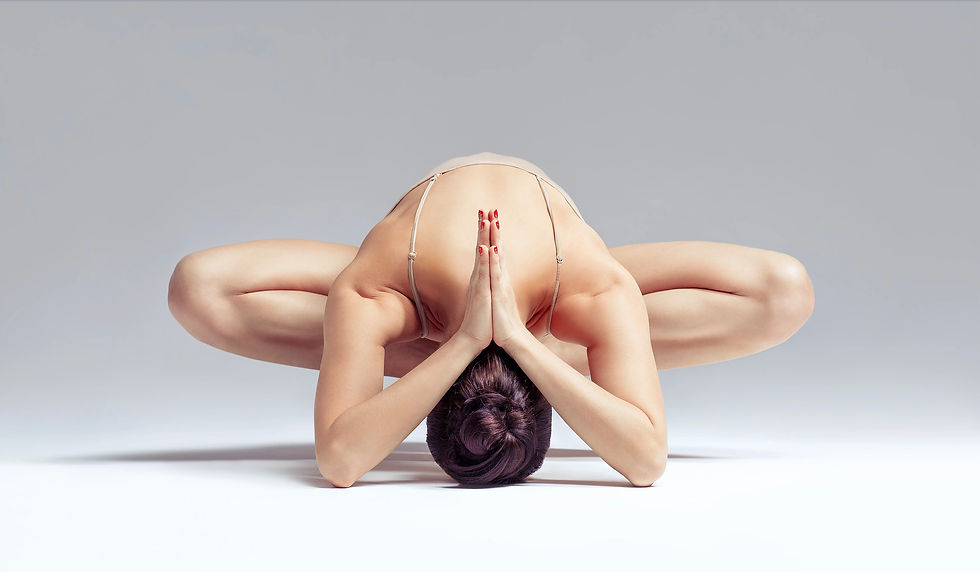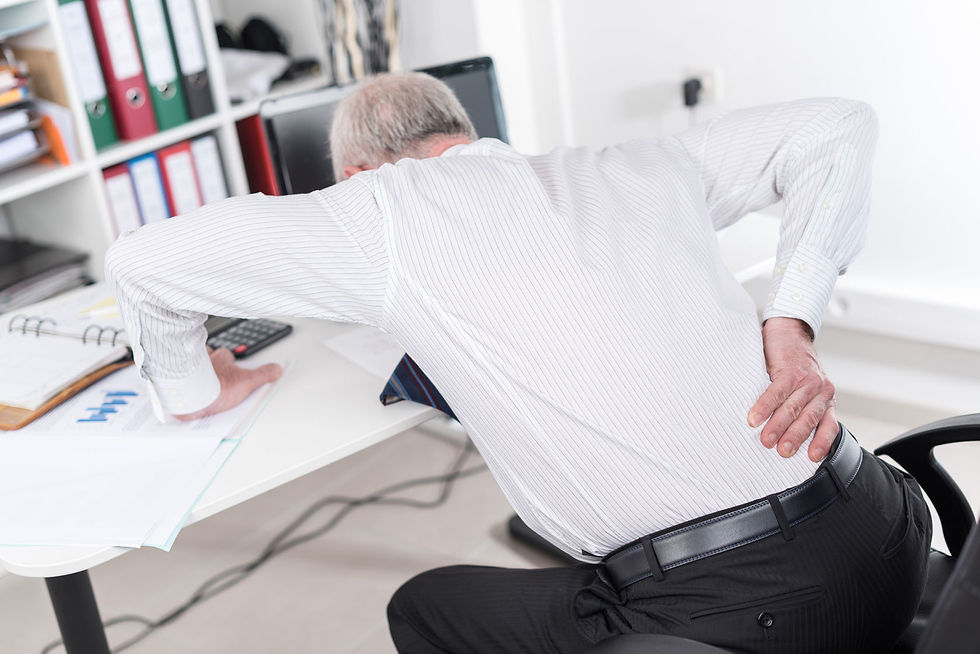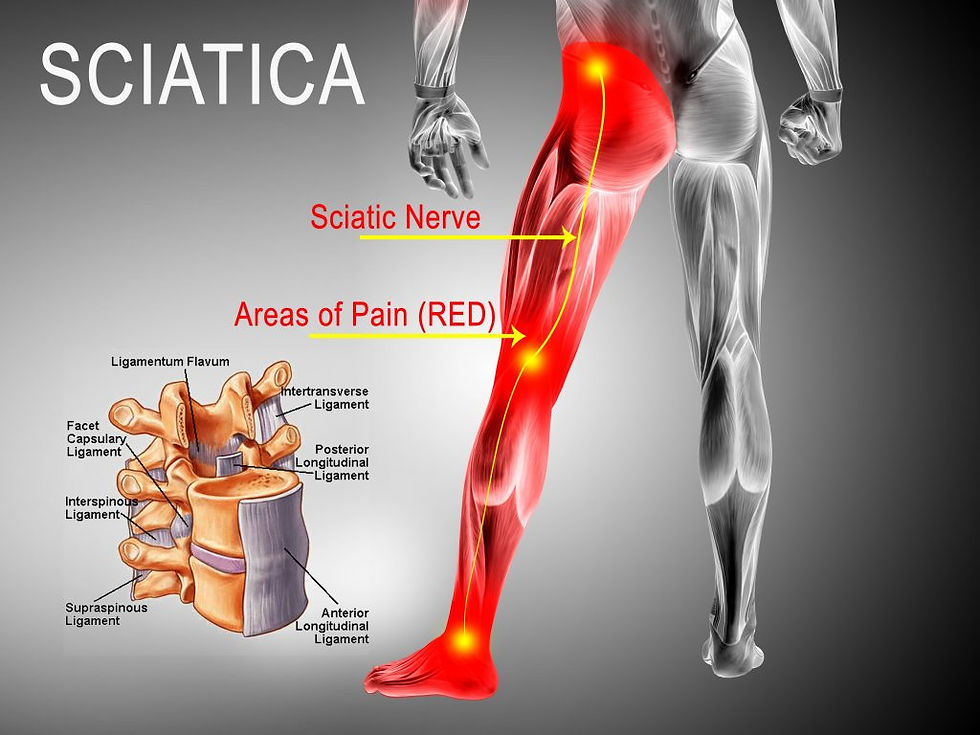Lower back pain, chronic lumbago or sciatica?

It is almost a plague and it can be defined as a real social problem. It is not a disease and It’s not infectious. We are talking about the very common backache and, whether you like it or not, sooner or later most people will suffer from it. Back pain is, perhaps, the most common disorder affecting mankind; it is not life threatening, but it can, in some cases, be life changing.
Lumbago, or more commonly known as backache, is the major cause of absence from work and the most frequently acute pain felt by most of us. Almost everywhere in the Western World one person in two, between the age of 40 and 50, suffers or will suffer of a bad back at least once a year.
Most of the time it comes without warning. Suddenly we feel the pain, almost paralyzing and fierce enough to take your breath away. Perhaps you were just reaching out for your shopping bags or picking up your briefcase. Most of the time the cause of a bad back is not even very serious, and often there is a disproportion between the pain you feel and the clinical outcome.
Often the blockage is due to a minor problem, for example a contracted muscle which is easily treated by taking anti-inflammatories and resting for a couple of days. Backache is common to all ages and gender. It can affect anyone especially after the age of 40, even if leading an active and healthy lifestyle.

But the matter is quite different if we suffer from chronic lumbago. The pain, in this case, is not so acute but instead is unrelenting and it can last well over a month and drugs and anti-inflammatories seem to have little or no effect. People suffering from this disorder are generally over 50, overweight and generally lead a sedentary life. People with heavy jobs, who tend to lift heavy loads, are no more at risk than those sitting at a desk all day, sometime the latter tend to suffer more due to a bad posture and little or no movement throughout the day.
So, what triggers back pain?
The normal ageing process of our vertebrae and intervertebral discs starts when we reach the age of 30, and this degeneration is the principal cause of the disorder. When sitting, our lumbar region is under great pressure, roughly twice more then when standing. Of course, sitting is not the cause of back pain, but it certainly exacerbates the symptoms if we already have an initial disc degeneration.

Sometimes sciatica may be the cause of the discomfort. In this case the pain is quite unmistakable. Starting within the gluteus radiating down, along the leg. It is estimated that 80% of the population, over their lifespan and between the age of 35 and 45, will suffer of this disorder. Sciatica is generally caused by the pressure and the subsequent inflammation of a nerve root. In most cases the cause is a herniated disc, the “cushioning pad” that separates two vertebrae. The discs are contained within “an elastic wall” and when a tear develops part of the content leaks out pushing against the nerve and this causes the aching. When this happens, surgery may be the only option to alleviate pain.
























